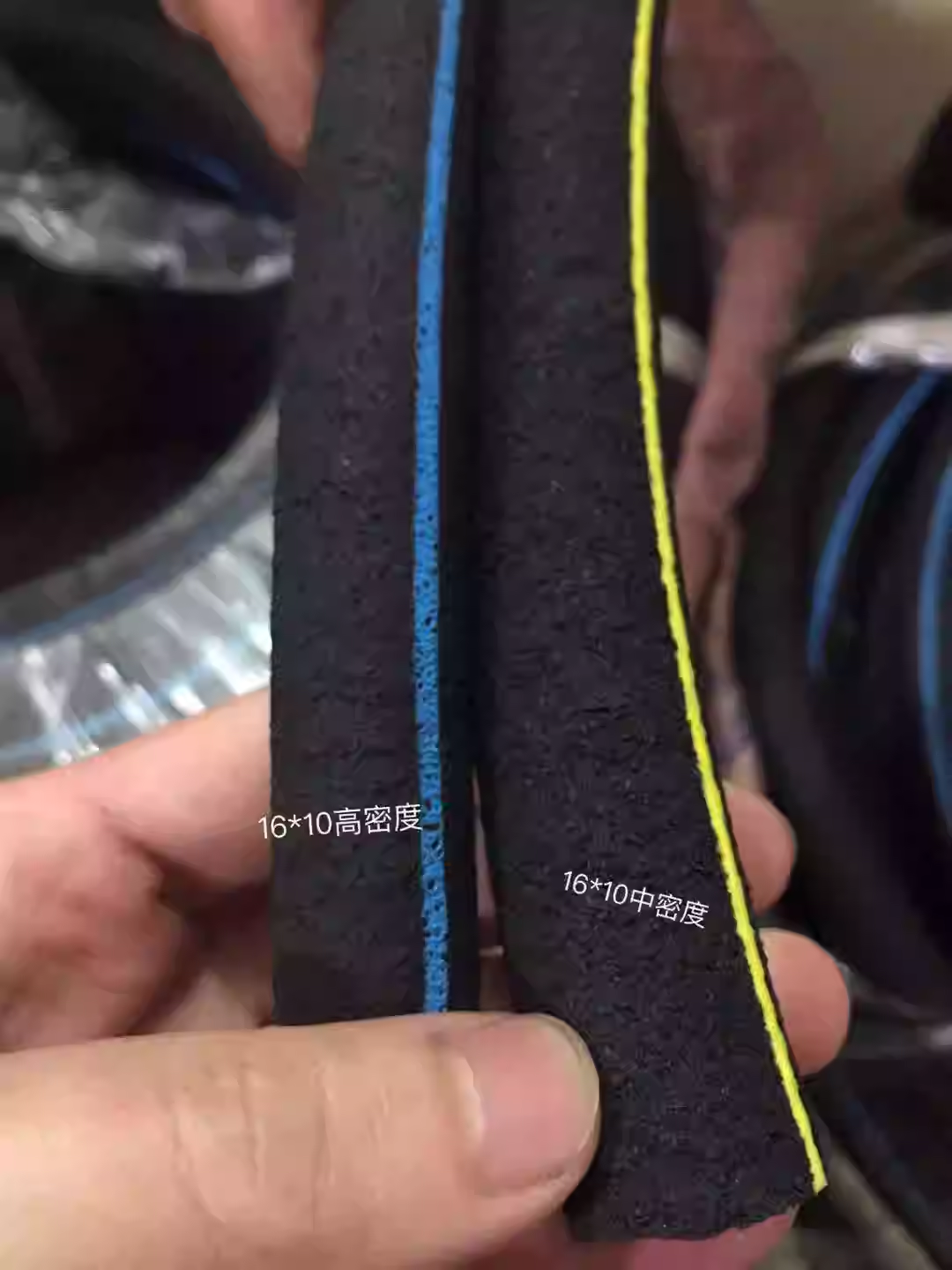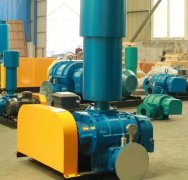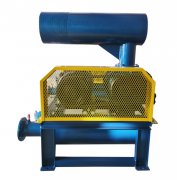The microporous aeration tubes used in fish ponds are usually made of a mixture of multiple materials to ensure their good corrosion resistance, plasticity, and durability. The following is a specific introduction to the material of microporous aeration tubes used in fish ponds:
Rubber powder: Rubber powder is one of the main materials used to make microporous aeration tubes, which endows the tubes with good elasticity and corrosion resistance. Rubber powder material can adapt to changes in water quality in fish ponds and is not easily corroded or damaged.
Polyethylene: Polyethylene is also an important component material of microporous aeration tubes, which enhances the strength and stability of the aeration tubes. Polyethylene material has good chemical resistance and can resist the erosion of chemical substances in fish ponds, thereby extending the service life of the aeration tube.
In addition, some microporous aeration tubes also use other special materials such as silicone, EPDM, etc. to improve their heat resistance, ozone resistance, acid and alkali resistance, and chemical stability. The use of these special materials can further enhance the durability and adaptability of the aeration tube, making it more suitable for use in harsh environments such as fish ponds.
In general, the material selection of microporous aeration tubes used in fish ponds needs to consider multiple factors, including corrosion resistance, plasticity, durability, and the ability to adapt to changes in fish pond water quality. By selecting appropriate materials, it is possible to ensure the stable operation of microporous aeration tubes in fish ponds, providing sufficient oxygen for fish and promoting ecological balance in the pond.



